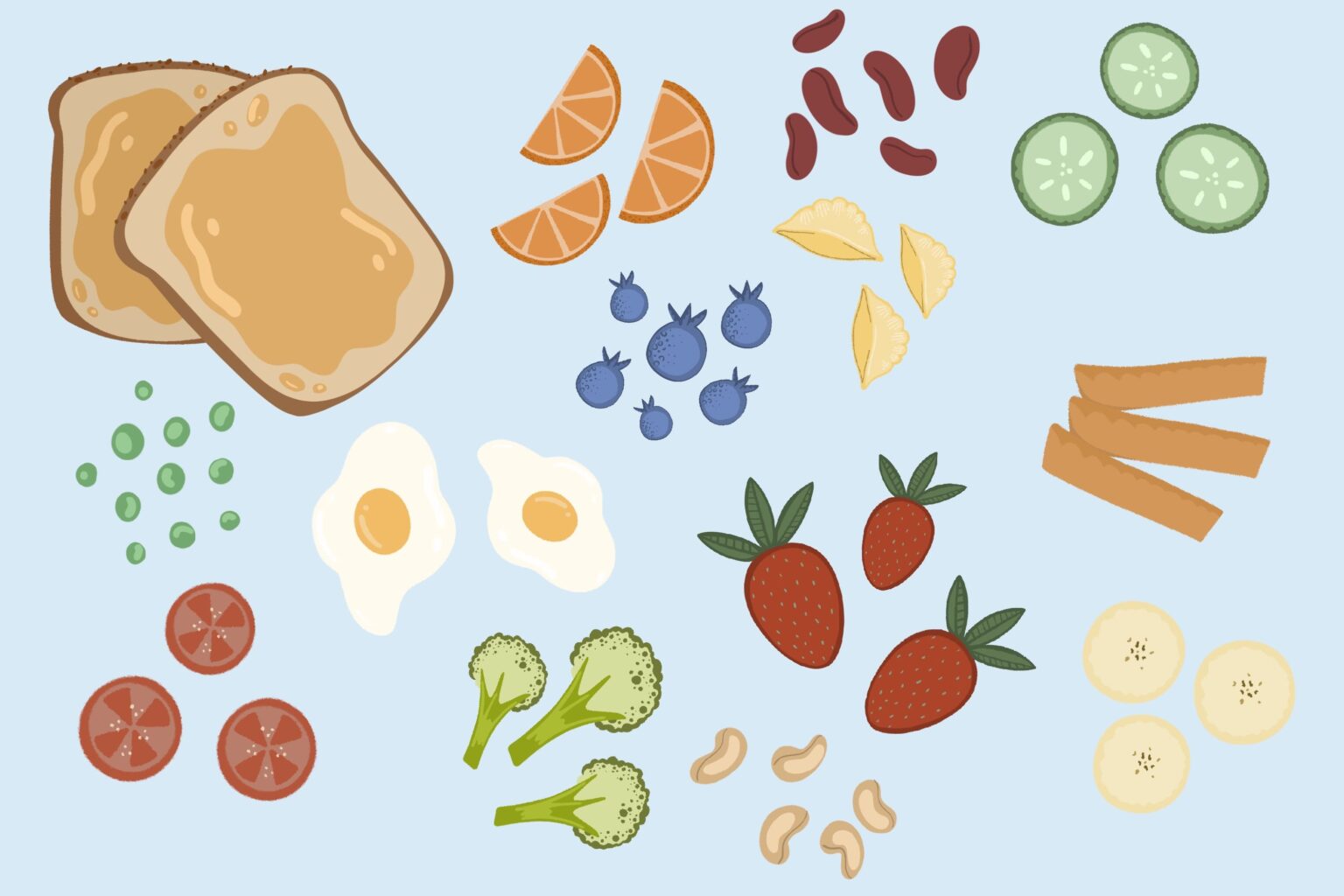Healthy Eating for Your Milk Allergic Child

Milk Allergy: About 12 percent of children have a food allergy, with cow’s milk, egg, peanut, tree nut, soy, wheat, fish, and crustacean shellfish being the most common. At this time, there is no known treatment for food allergies other than avoiding the offending food allergen and managing allergic reactions.
When a toddler is allergic to cow’s milk, it must be removed from the diet. This means eliminating all milk and any food made with milk. Removing milk from the diet may increase the risk of developing nutrient deficiencies, such as vitamin D and calcium.
To prevent nutrient deficiencies, children with a milk allergy should have a carefully planned diet that takes care to avoid the offending allergen, milk, while including alternate sources of calcium, vitamin D, and protein. Calcium, vitamin D, and possibly protein are the most common nutrients at risk in a milk-free diet for children.
Children with cow’s milk allergy, and those who have multiple food allergies such as to milk, egg, and peanuts, are at the highest risk for growth problems. This is due to multiple food restrictions and the higher risk for missing nutrients and inadequate calories in the diet.
The following chart outlines the nutrients at highest risk with milk allergy and highlights alternate food sources of these nutrients.
Remember, the ingredient list on the food label is your best bet for finding potential food allergens. If there isn’t a food label, you can inquire about ingredients directly with the company. Since 2006, manufacturers are required to list the top eight food allergens on package labels: milk, soy, egg, wheat, peanut, tree nut, fish, and shellfish. Manufacturers may add a qualifying statement on the product package warning you of potential contamination, such as “this product was made in a facility that also produces milk products.” In this case, or when in doubt about any ingredient, avoid eating the food, because there may be a risk for allergic reaction.
Sources:
- Milk Allergy
- Food Allergy Research & Education.
Milk & Dairy Allergy - American College of Asthma, Allergy and Immunology.
Powered by Bundoo®










